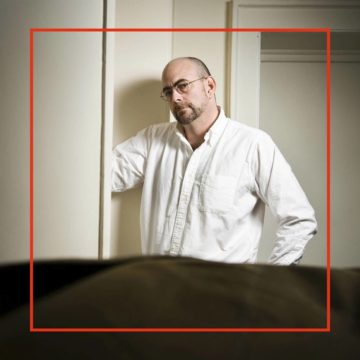 Marco Roth in Tablet:
Marco Roth in Tablet:
In One Friday in April, the writer Donald Antrim recounts his attempted suicide, subsequent cycles of hospitalization, treatment, and recovery. “I believe that suicide is a natural history, a disease process, not an act or a choice, a decision, or a wish. I do not understand suicide as a response to pain, or as a message to the living … I see it as a long illness with origins in trauma and isolation, in deprivation of touch, in violence and neglect, in the loss of home and belonging,” he states at the outset. With this credo, and in other ways, Antrim announces that we’re about to read a remarkable document of the medicalization of culture. Doctors are of course trained to view every problem through the lens of disease. But what happens when artists do the same?
Once considered a thorny question for theology, philosophy, and sociology, suicide is being recast—like much else in our society—as a medical problem. Self-harm—as it’s now commonly termed— is understood to be latent in some bodies, similar to the gene for cancer, indeed as a sort of cancerous mutation of our characters, and therefore—in a more hopeful way—also subject to treatment—unless the patient self-terminates first. What seemed, until recently, the most intimate and possibly important of philosophical questions—does a person have the right, or, even, under special circumstances and in certain cultures and epochs, the duty to end one’s earthly existence—has been classified as a medical disease, and no more the distinctive product of an individual consciousness than, say, liver failure.
More here.
